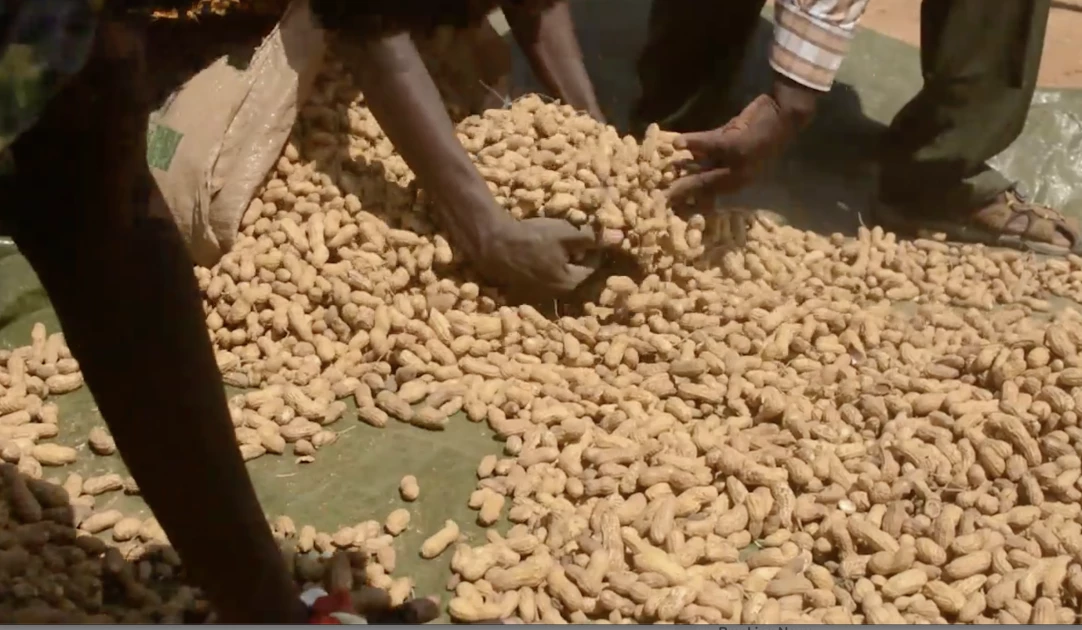
Small-scale farmers producing 32 % of the world’s food received only 0.3 % of the international climate finance to assist them adapt to the effects of Climate Change, according to new analysis of International Public Finance for Climate Mitigation and Adaptation conducted by Climate Food Focus of spending in 2021.
<!–>
The analysis also shows that the agri-food sector received $8.4billion in international public climate finance-around half the US$16 billion spent on energy-with climate vulnerable and food insecure countries such as Zambia and Sierra Leone getting just US$20 million each.
–> <!–>
Further, the analysis shows that just 2% of international public climate finance ($2 billion) was directed at small-scale family farmers and rural communities-equivalent to around 0.3% of total international climate finance from both public and private sources. Smallholders’ finance needs are estimated at US$170 billion per year in Sub-Saharan Africa alone.
–>
Only a fifth (19%) of international public climate finance spending on food and agriculture was used to support sustainable and resilient practices such as agroecology ($1.6 billion). A fraction of the estimated US$300-350 billion a year is required.
Hakim Baliriane, Chair of the Eastern and Southern Africa small-scale Farmers Forum regrets that small-scale farmers who produce the world’s food get a mere fraction of the climate finance.
“Climate Change has helped push 122 million people into hunger since 2019. Reversing this trend will not be possible if governments continue to tie the hands of millions of family farmers. Together we produce a third of the world’s food yet we receive a fraction of the climate finance we need to adapt,” Baliriane says.
Another report titled Untapped Potential, also shows that 80% of international public climate finance spent on the agri-food sector is channeled through recipient governments and donor country NGOs.
This makes it harder for family farmer organisations to access funds because of complex eligibility rules and application processes, and a lack of information on how and where to apply. Family farmers received just a quarter (24%) of finance spent on the agri-food sector in 2021.
Many small-scale farmers lack the infrastructure, technology and resources to adapt to climate impacts with serious implications for global food security and rural economies.
Family farms of less than two hectares produce a third of the world’s food (32%) while farms of 5 hectares or less account for more than half of the global production of 9 staple crops-rice, peanut, cassava, millet, wheat, potato, maize, barley and rye-and grow almost three-quarters of the coffee and 90% of the cocoa. Over 2.5 billion people globally depend on family farms for their livelihoods.
The Intergovernmental Panel on Climate Change says the most effective way to safeguard food security is to shift to more nature friendly and diverse food systems. Family farmers are at the forefront of these efforts.
For example, in the Pacific, farmers are planting breadfruit trees alongside other crops as it is drought resistant, seldom uprooted by storms and cyclones and produces a nutritious staple food crop.
Alberto Broch, president of the Confederation of Family Producer Organizations of Expanded Mercosur, COPROFAM explains, “Our message to governments is clear: More than 600 million family farms are already engaged in building more sustainable and resilient food systems. They have a wealth of knowledge and experience that must be tapped. By including their voices in decision-making and ensuring direct access to more climate finance, we can create a powerful alliance in the fight against climate change.”
Esther Penunia, Secretary General of the Asian Farmers Association says, “Generations of family farming experience and the latest scientific evidence tell us that working with nature and empowering local communities is key to safeguarding food production in a changing climate. There needs to be a major re-think of climate finance to support these tried and tested climate solutions with much more finance targeted at family farmers and sustainable practices such as agroecology.”
The research, from a new alliance of farmer networks representing over 35 million small-scale producers in Africa, Asia, Latin America and the Pacific, is being released ahead of COP28 which is set to agree a Global Goal for Adaptation.
The UAE Presidency is also urging governments to include food and agriculture in national climate plans for the first time and scale up finance for food system transformation.
<!–>
–>
